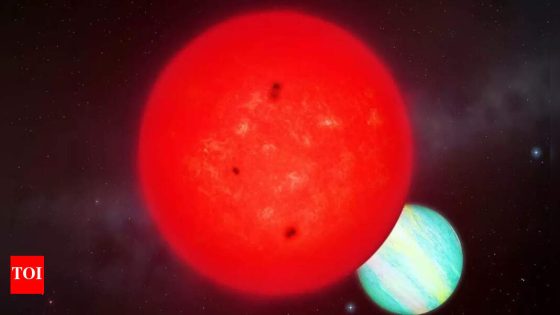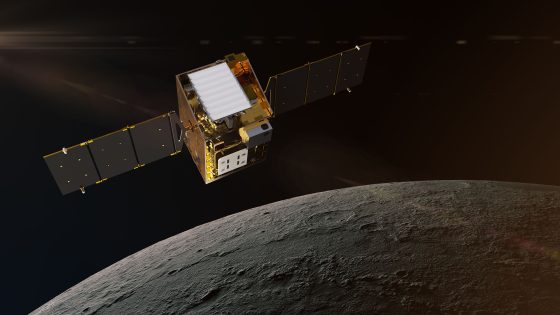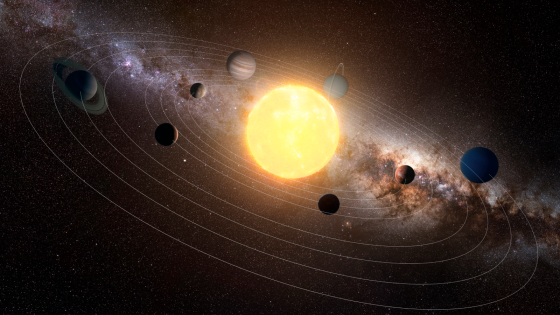In the realm of stratigraphy, researchers have made a groundbreaking discovery beneath the North Sea. They found giant sand mounds, known as “sinkites,” that challenge traditional geological principles, revealing that younger sediments can lie above older ones. This astonishing finding, reported on 2025-08-25 19:26:00, could reshape our understanding of sedimentary processes.
- Superficial sediments are usually younger than deeper ones.
- North Sea reveals giant sand mounds, "sinkites."
- Sinkites indicate largest known stratigraphic inversion.
- Formed during Late Miocene to Pliocene epochs.
- Findings impact carbon storage project safety.
- Research challenges conventional geological understanding.
Scientists from Norway and the UK have identified hundreds of these sinkites, which appear to have sunk deeper into the ocean’s crust, swapping places with older layers. This reversal of expected geological order could significantly impact carbon storage initiatives and our understanding of subsurface fluid dynamics.
This discovery raises intriguing questions about the Earth’s geological processes. How do such large-scale inversions occur, and what implications do they have for carbon capture? Understanding these sinkites could lead to advancements in predicting underground reservoirs and improving carbon storage safety.
- Sinkites challenge conventional stratigraphic principles.
- They may enhance carbon capture and storage strategies.
- Understanding their formation could improve geological assessments.
As scientists continue to explore these sinkites, we may uncover new methods for effective carbon storage, paving the way for innovative solutions to combat climate change.

































